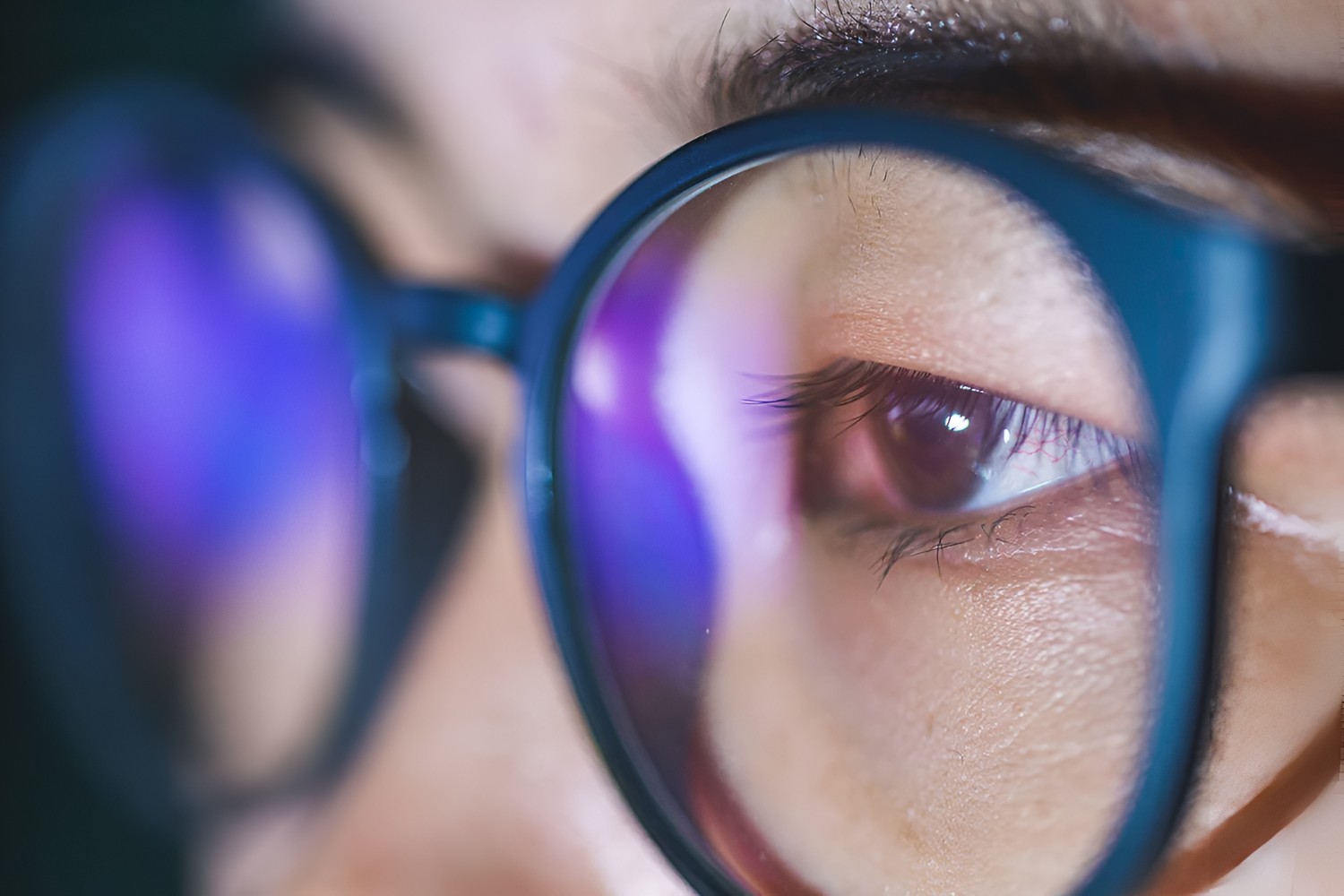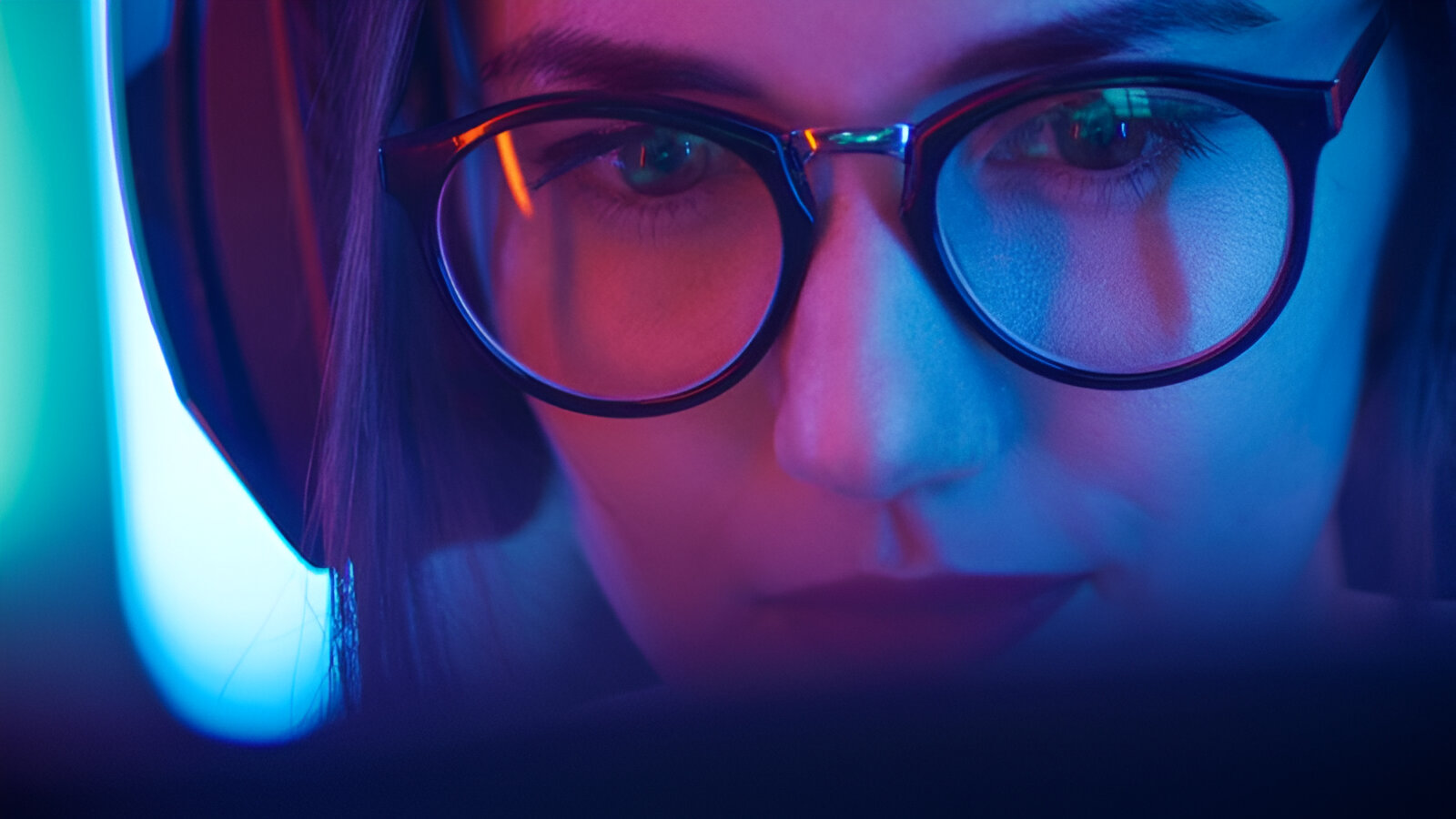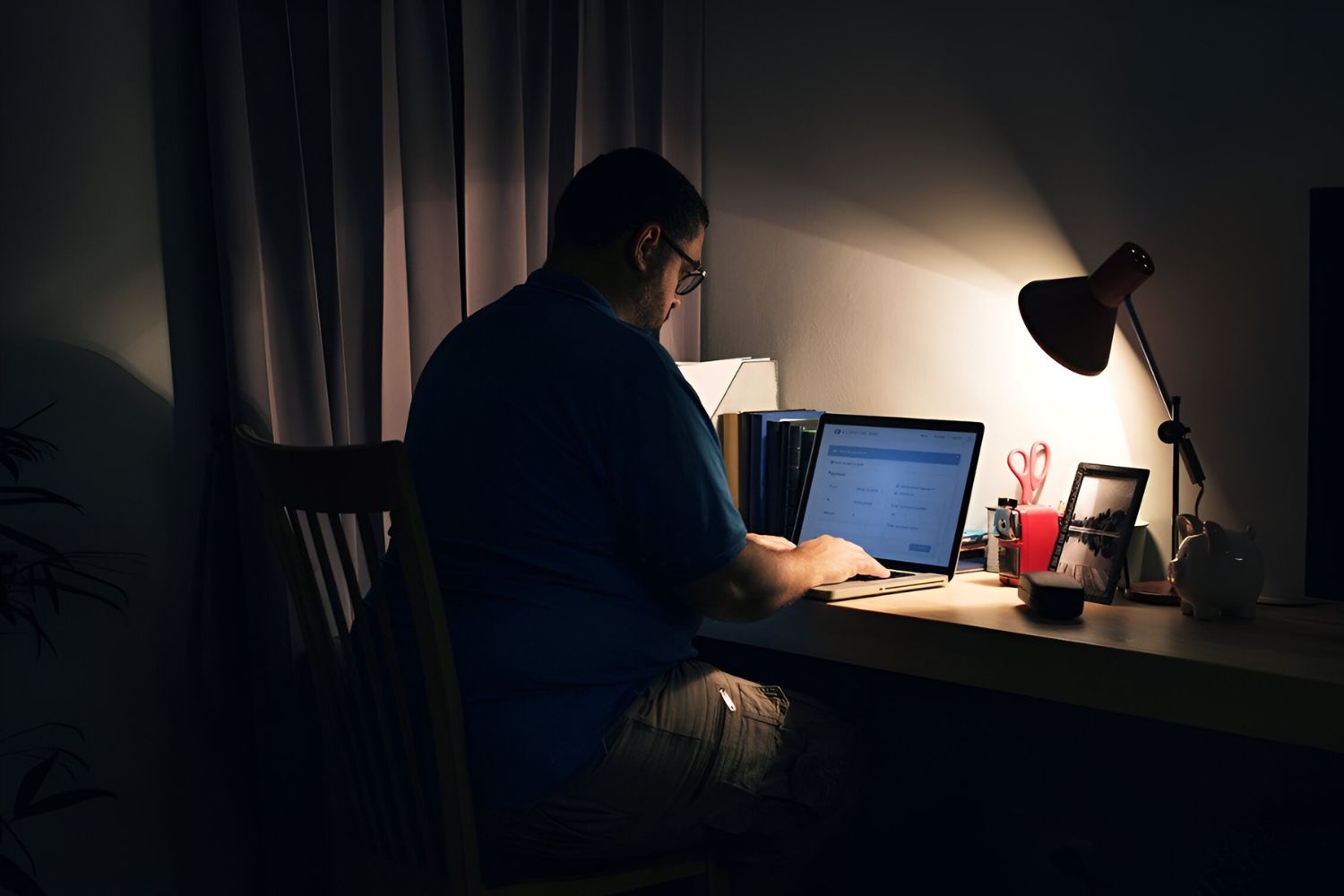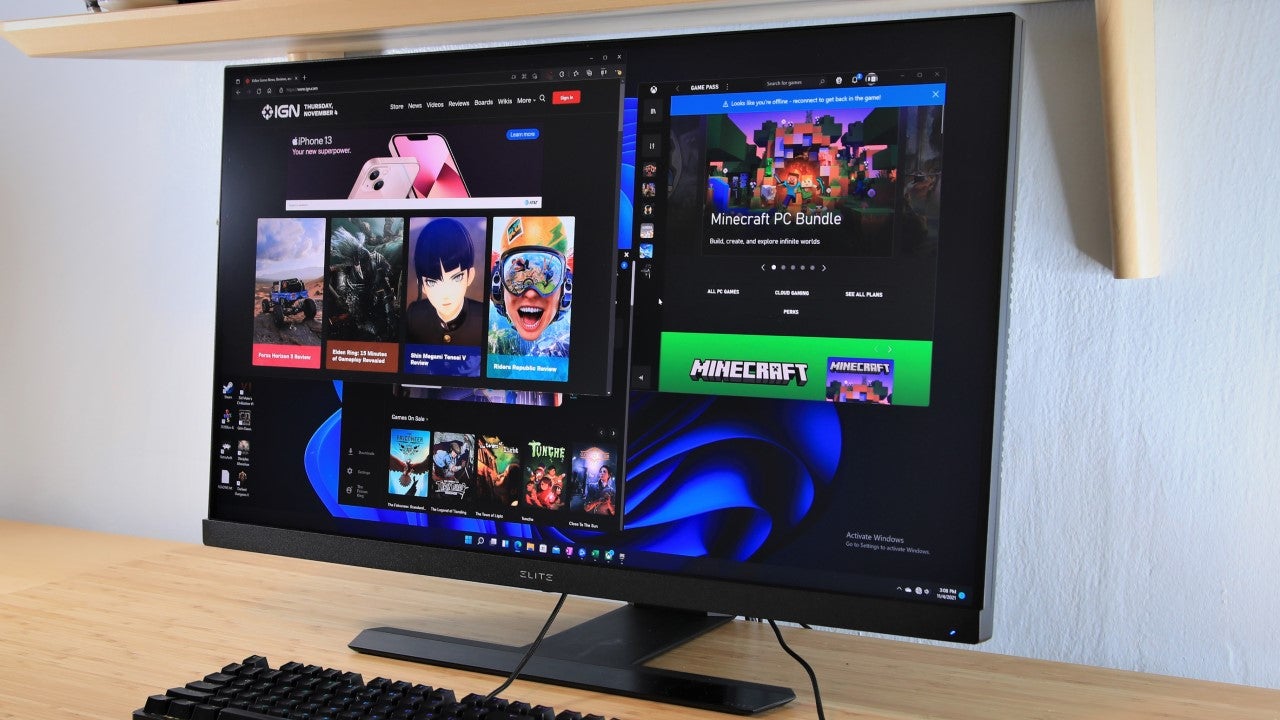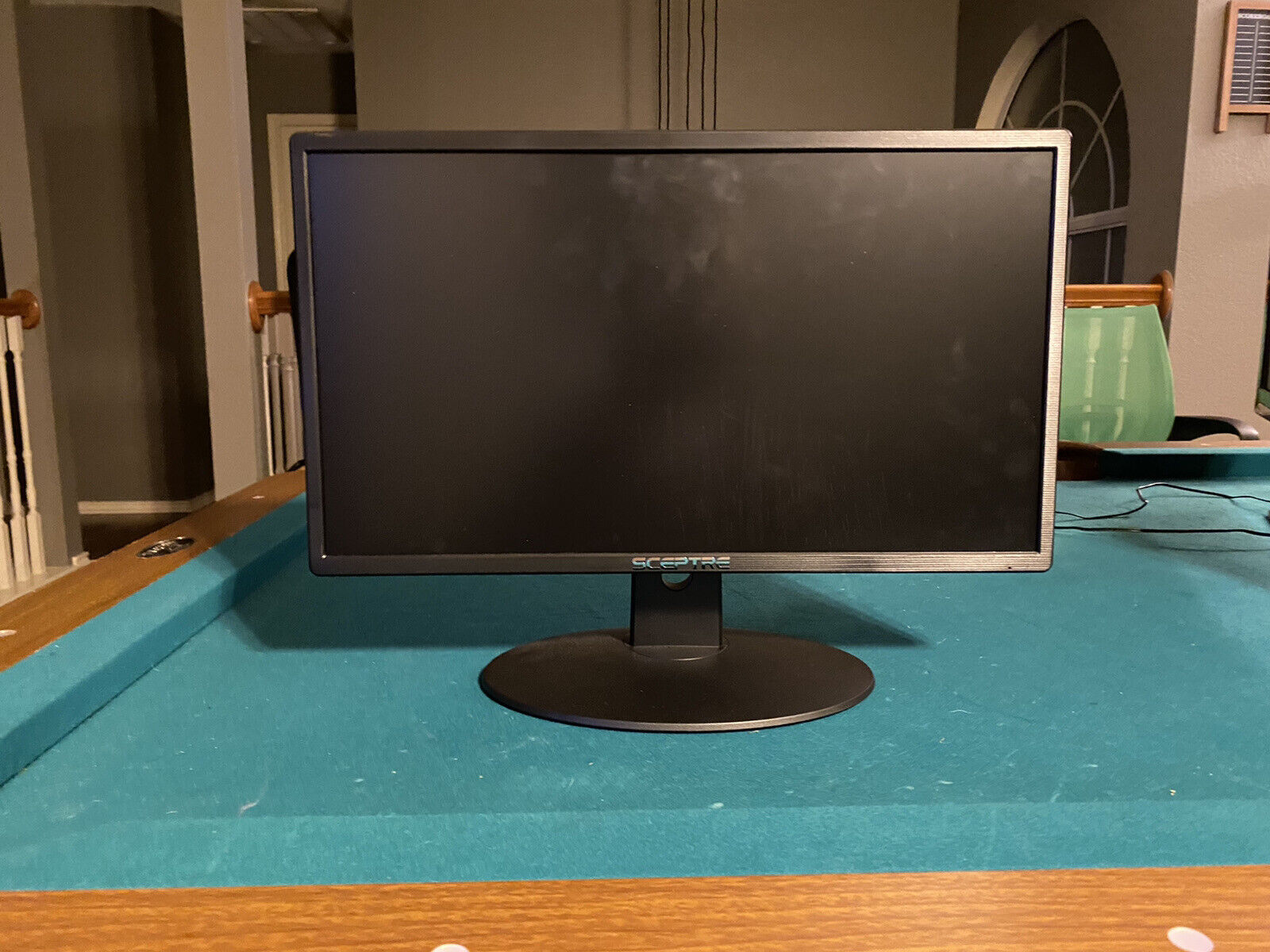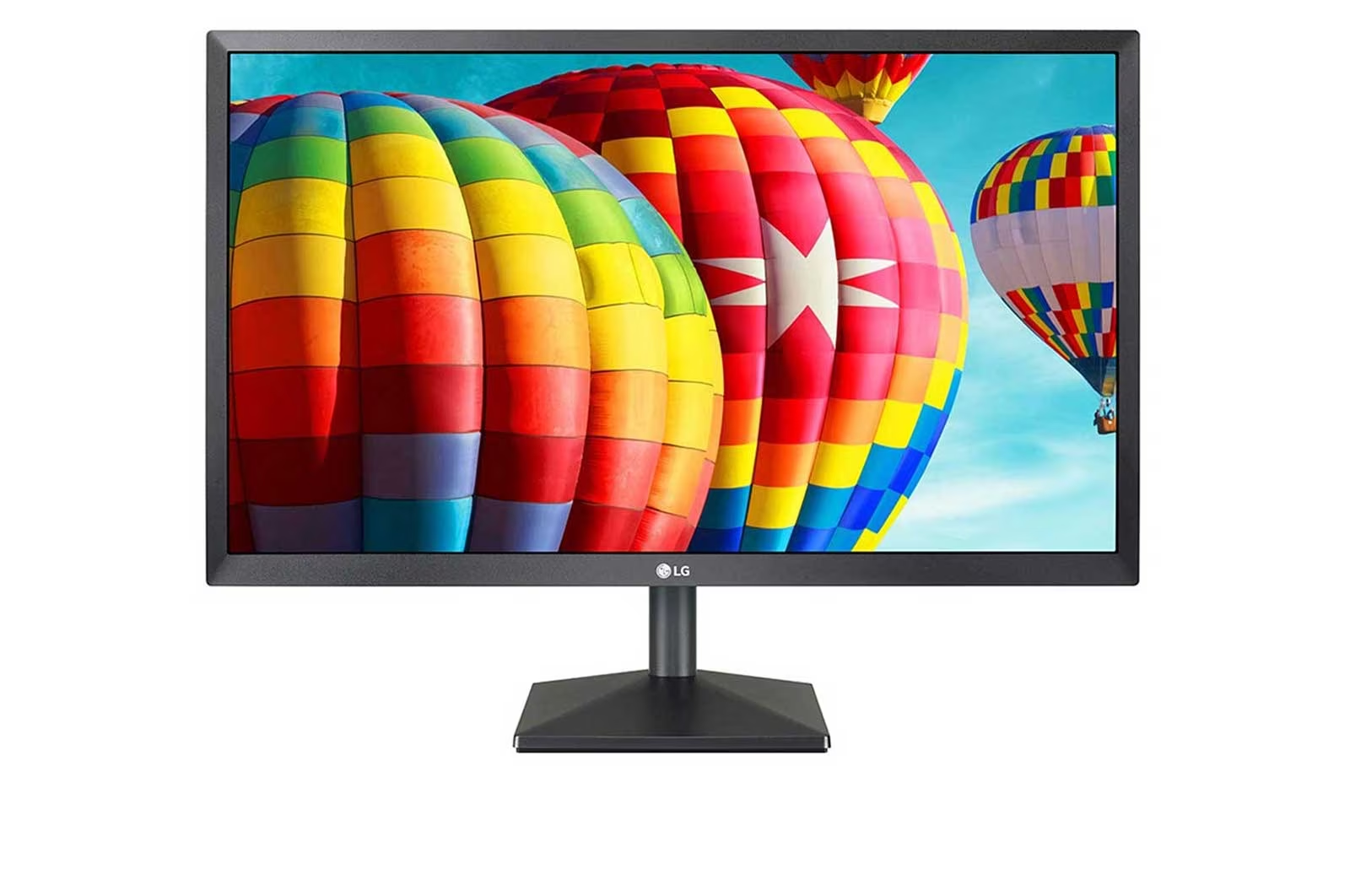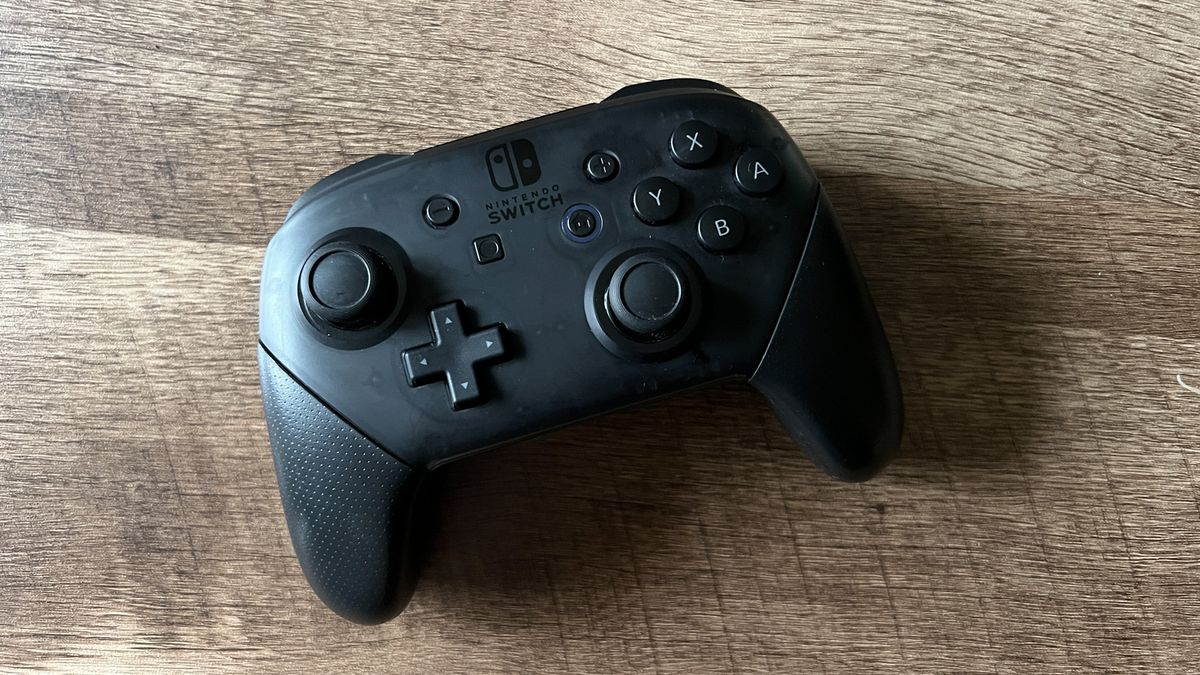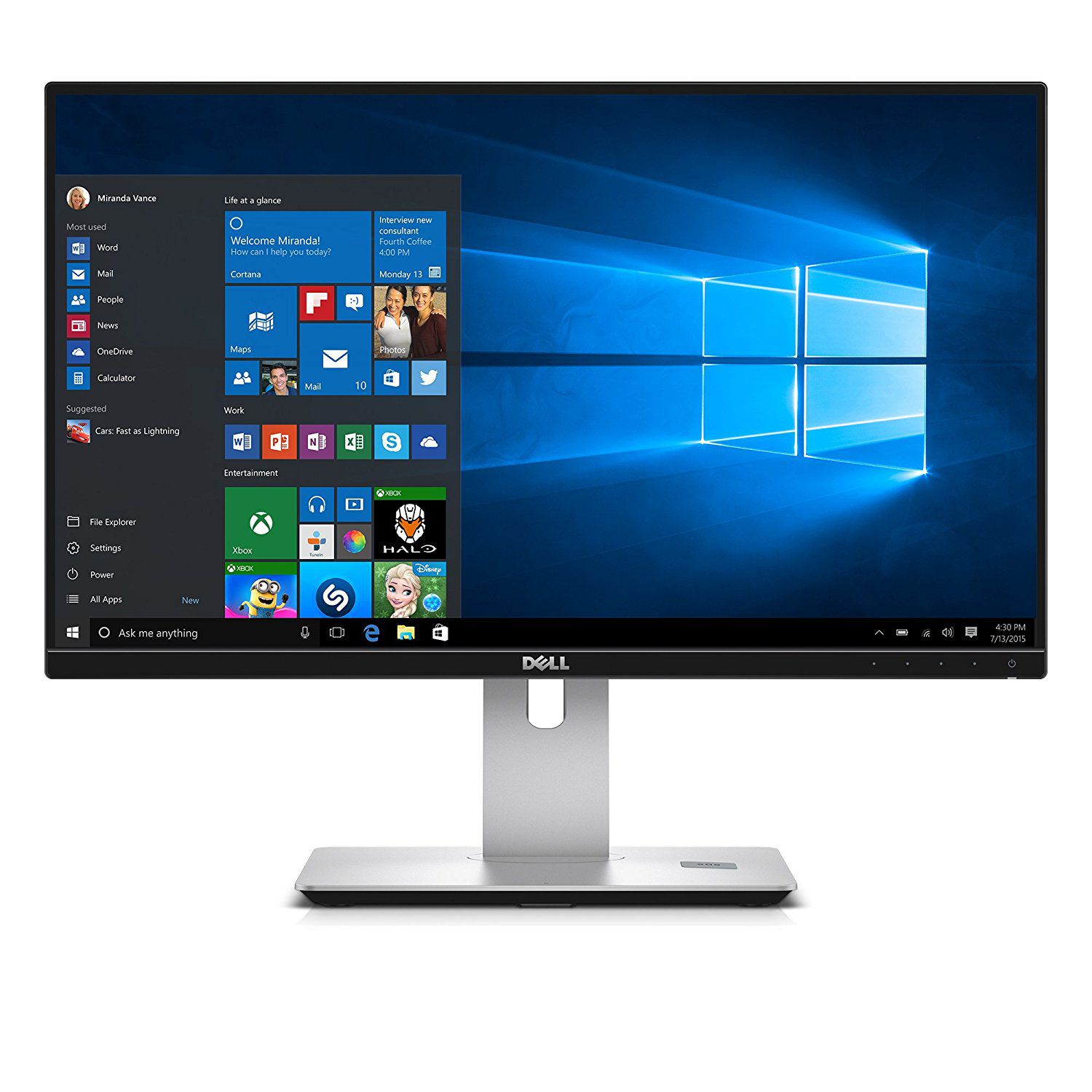Introduction
In today's digital age, our lives are intertwined with technology, and the use of computers has become an integral part of our daily routine. Whether it's for work, entertainment, or communication, many of us spend a significant amount of time in front of computer screens. While the convenience and efficiency of modern technology are undeniable, it's essential to be mindful of the potential impact on our health, particularly our visual well-being.
The pervasive presence of digital devices exposes us to blue light, a high-energy visible (HEV) light that is emitted by electronic screens. Research has shown that overexposure to blue light can lead to a range of adverse effects, with one of the most common being digital eye strain. This condition encompasses a variety of symptoms, including dry eyes, headaches, blurred vision, and difficulty focusing, all of which can significantly impede our productivity and overall comfort.
Given the prevalence of digital eye strain and the growing concern over the long-term effects of blue light exposure, it's crucial to explore effective measures for mitigating its impact. One such solution lies in the application of blue light filters, which are designed to reduce the amount of blue light emitted by screens, thereby offering a layer of protection for our eyes.
As we delve into the topic of blue light filters and their role in safeguarding our visual health, it's important to recognize the significance of integrating these protective measures into our computer setup. By understanding the potential risks associated with blue light exposure and the benefits of implementing preventative strategies, we can empower ourselves to make informed decisions that prioritize our eye comfort and well-being.
In the following sections, we will delve deeper into the effects of blue light on our eyes, the advantages of utilizing blue light filters, practical steps for applying these filters to our computers, and valuable tips for optimizing eye protection in the digital realm. Through this exploration, we aim to equip readers with actionable insights and practical guidance to foster a healthier and more sustainable relationship with technology.
Understanding Blue Light and Its Effects on Eyes
Blue light, a high-energy visible (HEV) light, is emitted by various sources in our modern environment, including digital screens, LED lighting, and the sun. When we spend extended periods in front of computer screens, tablets, or smartphones, our eyes are exposed to significant levels of blue light. Unlike ultraviolet (UV) light, which is largely absorbed by the cornea and lens, blue light penetrates deeply into the eye, reaching the retina.
The impact of blue light on our eyes is multifaceted and can give rise to several concerning effects. One of the primary concerns is digital eye strain, also known as computer vision syndrome, which encompasses a range of symptoms such as dry eyes, headaches, blurred vision, and difficulty focusing. Prolonged exposure to blue light can exacerbate these symptoms, leading to discomfort and reduced visual acuity.
Moreover, studies have suggested that excessive blue light exposure, particularly during evening hours, can disrupt our circadian rhythm and interfere with the production of melatonin, a hormone that regulates sleep. This disruption may contribute to sleep disturbances and affect our overall well-being.
Furthermore, there is ongoing research into the potential long-term effects of blue light exposure on ocular health. Some studies have indicated that chronic exposure to blue light may contribute to the development of age-related macular degeneration (AMD), a leading cause of vision loss. This underscores the importance of adopting proactive measures to mitigate the impact of blue light on our eyes, especially as our reliance on digital devices continues to grow.
Understanding the intricate relationship between blue light and our eyes is pivotal in recognizing the significance of implementing protective measures. By acknowledging the potential risks associated with blue light exposure and its effects on visual comfort and health, we can take informed steps to safeguard our eyes and promote long-term well-being.
Benefits of Using a Blue Light Filter
Implementing a blue light filter as part of your computer setup can yield a multitude of benefits, each contributing to the preservation of your visual comfort and overall well-being. Here are several compelling advantages of integrating a blue light filter into your digital environment:
1. Alleviation of Digital Eye Strain:
By reducing the amount of blue light emitted by your computer screen, a blue light filter can mitigate the risk of digital eye strain. This, in turn, helps alleviate symptoms such as dry eyes, headaches, and blurred vision, fostering a more comfortable and sustainable viewing experience.
2. Enhanced Sleep Quality:
The implementation of a blue light filter, particularly during evening hours, can play a pivotal role in supporting healthy sleep patterns. By minimizing blue light exposure, especially from screens, the filter helps regulate the body's production of melatonin, thereby promoting better sleep quality and overall well-being.
3. Protection Against Potential Long-Term Effects:
Research suggests that chronic exposure to blue light may contribute to the development of age-related macular degeneration (AMD). By utilizing a blue light filter, you can proactively reduce the cumulative impact of blue light on your eyes, potentially safeguarding against the risk of ocular health issues in the long run.
4. Minimization of Glare and Visual Discomfort:
In addition to filtering out blue light, many screen filters also help reduce glare and reflections, enhancing visual clarity and reducing discomfort associated with prolonged screen exposure. This can be particularly beneficial for individuals who spend extended hours working or engaging with digital content.
5. Promotion of Visual Comfort:
By creating a more visually comfortable environment, a blue light filter contributes to a more enjoyable and sustainable computing experience. This can lead to increased productivity, reduced fatigue, and a greater sense of overall well-being during extended periods of screen use.
6. Support for Eye Health and Long-Term Well-Being:
Integrating a blue light filter into your computer setup aligns with a proactive approach to eye health. By prioritizing the reduction of blue light exposure, you are taking meaningful steps to support the long-term well-being of your eyes, potentially minimizing the risk of discomfort and vision-related issues.
Incorporating a blue light filter into your digital routine offers a proactive and practical means of mitigating the potential adverse effects of blue light exposure. By embracing this protective measure, you can foster a more comfortable and sustainable relationship with technology, prioritizing the well-being of your eyes in the digital age.
How to Apply a Blue Light Filter on Your Computer
Integrating a blue light filter into your computer setup is a straightforward process that can significantly enhance your visual comfort and mitigate the potential adverse effects of blue light exposure. Here's a step-by-step guide to effectively apply a blue light filter on your computer:
-
Built-In Operating System Features:
Many modern operating systems, such as Windows 10 and macOS, offer built-in features that enable users to activate blue light filters directly from their system settings. In Windows 10, for instance, the "Night Light" feature allows you to adjust the color temperature of your display to reduce blue light emission during evening hours. Similarly, macOS provides a "Night Shift" mode that serves the same purpose. To access these features, navigate to your system settings and locate the display or monitor options, where you can enable and customize the blue light filter settings according to your preferences. -
Third-Party Software Solutions:
If your operating system does not offer native blue light filter functionality or if you seek more advanced customization options, third-party software solutions can provide comprehensive blue light filtering capabilities. Various applications, such as f.lux and Twilight, are designed to adjust the color temperature of your screen based on the time of day, effectively reducing blue light emission. These software solutions often allow users to fine-tune the filter intensity and schedule automatic activation, catering to individual preferences and usage patterns. -
Hardware Screen Filters:
For users who prefer a physical layer of protection, hardware screen filters offer an alternative approach to mitigating blue light exposure. These filters, typically available as transparent overlays or clip-on attachments, can be affixed directly onto computer monitors, effectively reducing blue light transmission. Hardware screen filters are particularly beneficial in environments where multiple individuals share the same computer, as they provide a universal layer of blue light protection without the need for individual software adjustments. -
Adjusting Display Settings:
In addition to dedicated blue light filter features, adjusting the display settings of your computer monitor can contribute to minimizing blue light emission. Most monitors allow users to modify color temperature, brightness, and contrast settings, enabling you to tailor the display characteristics to reduce blue light without compromising visual clarity. By fine-tuning these settings, you can complement the effects of software-based filters and further customize your viewing experience to align with your specific comfort requirements.
By following these steps and implementing a blue light filter on your computer, you can proactively mitigate the impact of blue light exposure and promote a more comfortable and sustainable visual environment. Whether through built-in operating system features, third-party software solutions, or hardware screen filters, the integration of blue light filtering measures empowers you to prioritize the well-being of your eyes in the digital realm.
Tips for Maximizing Eye Protection
As you strive to optimize eye protection in your digital endeavors, consider implementing the following practical tips to enhance the effectiveness of your blue light filtering measures:
-
Consistent Usage: Ensure that your blue light filter is consistently activated during screen time, especially in the evening and nighttime hours. By maintaining a regular schedule for filter activation, you can minimize the impact of blue light on your eyes and promote a more stable circadian rhythm.
-
Customize Filter Intensity: If your blue light filter allows for intensity customization, consider adjusting the settings to align with your visual comfort preferences. Tailoring the filter intensity to suit your individual sensitivity to blue light can enhance the overall effectiveness of the protection provided.
-
Screen Positioning: Position your computer screen at an optimal angle to reduce glare and reflections, thereby minimizing visual strain. Additionally, ensure that the screen is at an appropriate distance from your eyes to promote comfortable viewing and reduce the potential for eye fatigue.
-
Regular Breaks: Incorporate regular screen breaks into your computing routine to alleviate eye strain and prevent prolonged exposure to blue light. The 20-20-20 rule, which involves looking at an object 20 feet away for 20 seconds every 20 minutes, can help relax your eyes and reduce the cumulative impact of screen time.
-
Room Lighting: Consider adjusting the ambient lighting in your workspace to complement the effects of your blue light filter. Soft, indirect lighting can create a more comfortable visual environment, reducing the contrast between the screen and its surroundings and minimizing potential visual discomfort.
-
Eye Care Practices: Prioritize overall eye health through practices such as staying hydrated, maintaining a balanced diet rich in eye-friendly nutrients, and scheduling regular eye examinations. These holistic approaches can complement the benefits of blue light filtering and contribute to long-term ocular well-being.
-
Ergonomic Setup: Ensure that your computer setup is ergonomically optimized to reduce physical strain and promote comfortable viewing. This includes adjusting the height and angle of your monitor, utilizing ergonomic seating, and incorporating wrist and posture support to minimize strain on the eyes and body.
By integrating these practical tips into your daily routine, you can maximize the efficacy of your blue light filtering efforts and foster a more sustainable and comfortable digital experience. These measures empower you to proactively prioritize the well-being of your eyes, promoting a harmonious balance between technology usage and visual comfort.
Conclusion
In the ever-evolving landscape of digital technology, our reliance on computers and electronic devices continues to grow, underscoring the importance of prioritizing our visual well-being. The pervasive presence of blue light, emitted by screens and artificial lighting, poses a significant concern for our eyes, potentially leading to digital eye strain and other adverse effects. However, by embracing the proactive implementation of blue light filters, we can take meaningful steps to safeguard our eyes and promote a more comfortable and sustainable computing experience.
The utilization of blue light filters offers a multitude of benefits, ranging from the alleviation of digital eye strain to the promotion of healthy sleep patterns and the potential mitigation of long-term ocular health risks. By reducing the amount of blue light emitted by screens, these filters contribute to a more visually comfortable environment, enhancing productivity and overall well-being during extended periods of screen use. Whether through built-in operating system features, third-party software solutions, or hardware screen filters, there are versatile options available to integrate blue light filtering measures into our computer setups, empowering us to proactively prioritize the health of our eyes.
As we navigate the digital realm, it's essential to complement the application of blue light filters with practical strategies for maximizing eye protection. Consistent usage, personalized filter intensity settings, ergonomic screen positioning, regular screen breaks, and holistic eye care practices collectively contribute to a comprehensive approach toward visual comfort and ocular well-being. By integrating these tips into our daily routines, we can amplify the effectiveness of blue light filtering and foster a harmonious balance between technology usage and eye health.
In essence, the integration of blue light filters into our computer setups represents a proactive and practical step toward mitigating the potential adverse effects of blue light exposure. By understanding the impact of blue light on our eyes, embracing protective measures, and optimizing our digital habits, we can cultivate a healthier and more sustainable relationship with technology. Through informed decisions and conscious efforts to prioritize visual comfort, we can navigate the digital landscape with greater confidence, knowing that we are actively preserving the well-being of our eyes in the face of technological advancements.







